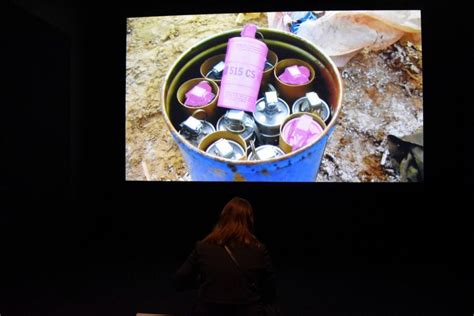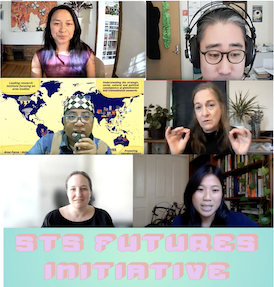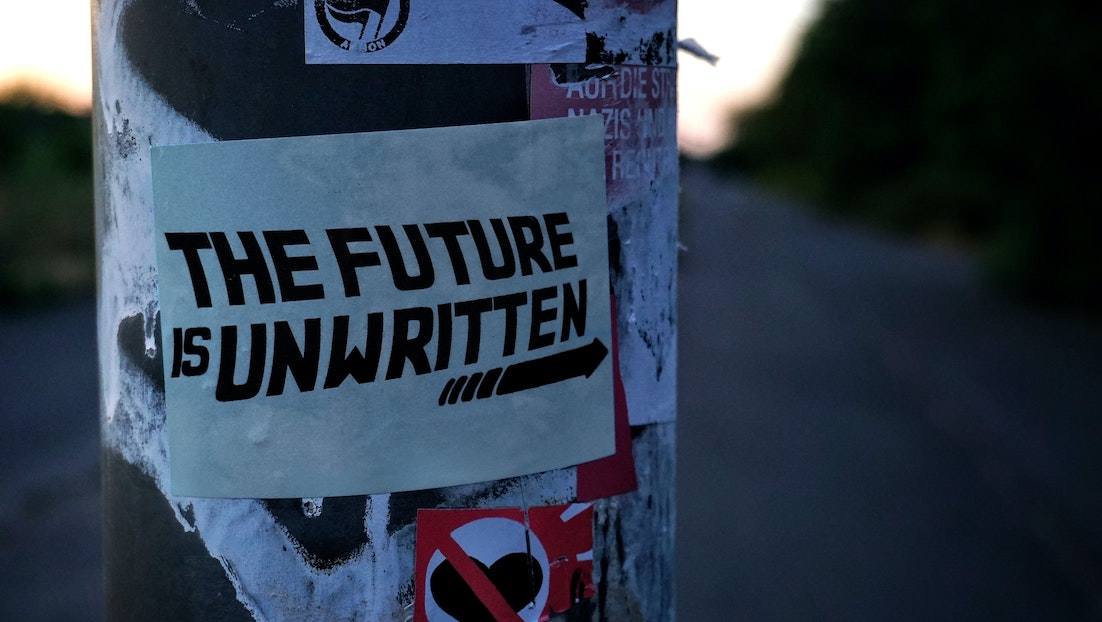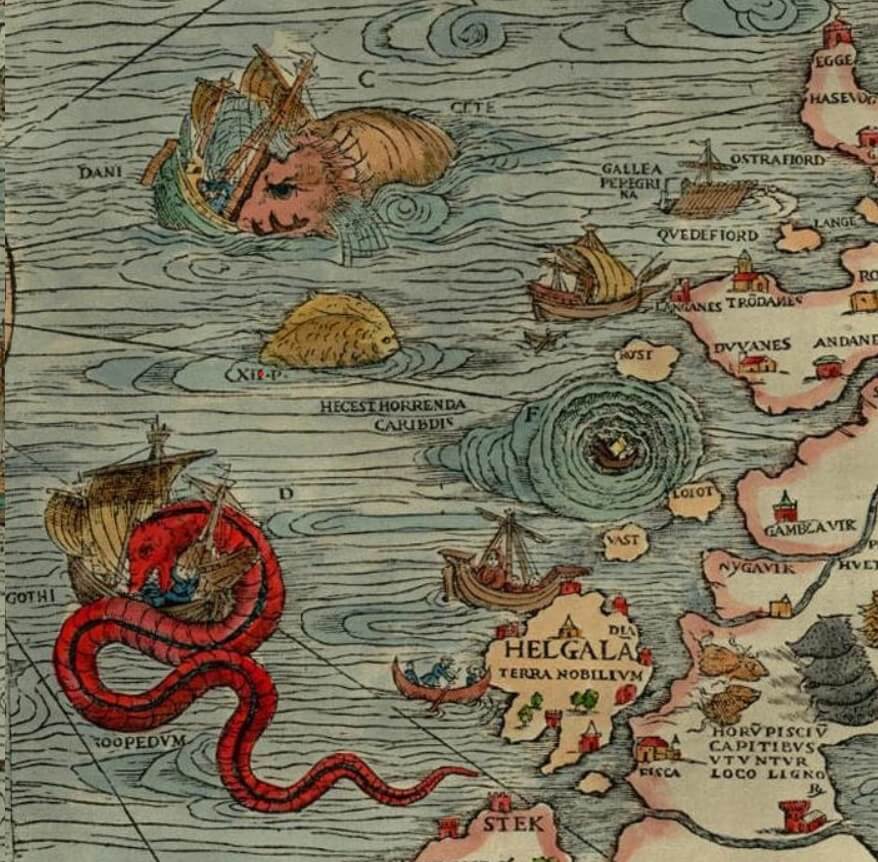Naming the Virus, Becoming the Virus: Affective Forces of Threat from Hà Nội to Atlanta and the Possibility for Anti-Racist Solidarities
“Chống dịch như chống giặc” (“Fight the pandemic like an invader”) has become Vietnam’s slogan in its battle against COVID-19. From the pandemic’s onset until April 2021, Vietnam performed exceptionally in halting the viral spread and preventing deaths from COVID-19. While COVID-19’s origin remains contested, Vietnam’s 1,306km border with China posed an acute risk during the first wave in early 2020. Defying odds, Vietnam kept the virus at bay. With a low case load and death count between Jan 2020 – June 2020, Vietnam stood out from its northern neighbor, China, as well as other European countries and the United States. Simply crediting Vietnam’s success to an authoritarian regime misses a deeper distrust of the Chinese government within Vietnam. This distrust stems from the historical colonization of China over Vietnam and imminent military and sovereignty threats posed in the East Sea (or the South China Sea) over the Spratly and Paracel Islands. (read more...)







